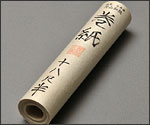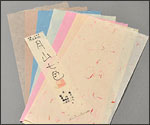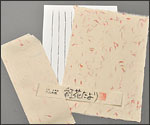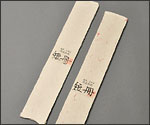Gassan Washi (Japanese Paper) (Nishikawa Town)
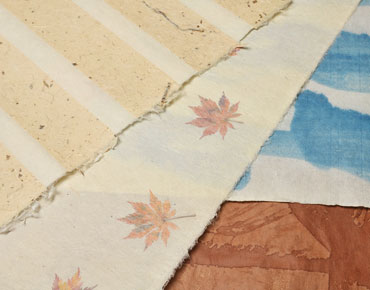
History/Outline
Japanese paper-making was done in the Iwanezawa district during the Kan'ei period (mid-17th century).
Japanese paper-making techniques have been passed down in this region since the Edo period (1603-1868), when the belief of three sacred mountains of Dewa was very popular. During the Meiji period (1868-1912) it became a
valuable cash product in the winter season for more than 200 households. While the demand for paper making sharply diminished from 1955 through 1964, Mr.Hiroo Iino changed the product's name into Gassan Washi, and presently Mr.Kazuyuki Miura
manages the Japanese paper-making workshop.
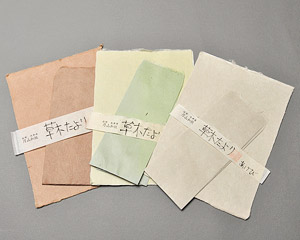
Techniques/Characteristics
As Gassan Washi paper is suitable for traditional Japanese painting, there are many orders from not only artists but also students studying painting.
This Japanese paper is hand-made using traditional methods and materials handed down from old times. The size of the finished paper measures only 30 by 78 centimeters, but it is made from 100% locally grown Kozo trees
(material for Japanese paper). It features patterned safflower and beech leaves, which are sandwiched between 2 layers of paper.
Main Products
●Makigami (folding paper for writing long compositions) ●Kusaki-zome set ( a set of paper dyed with vegetation) ●Letter Set ●Paper for writing short articles
